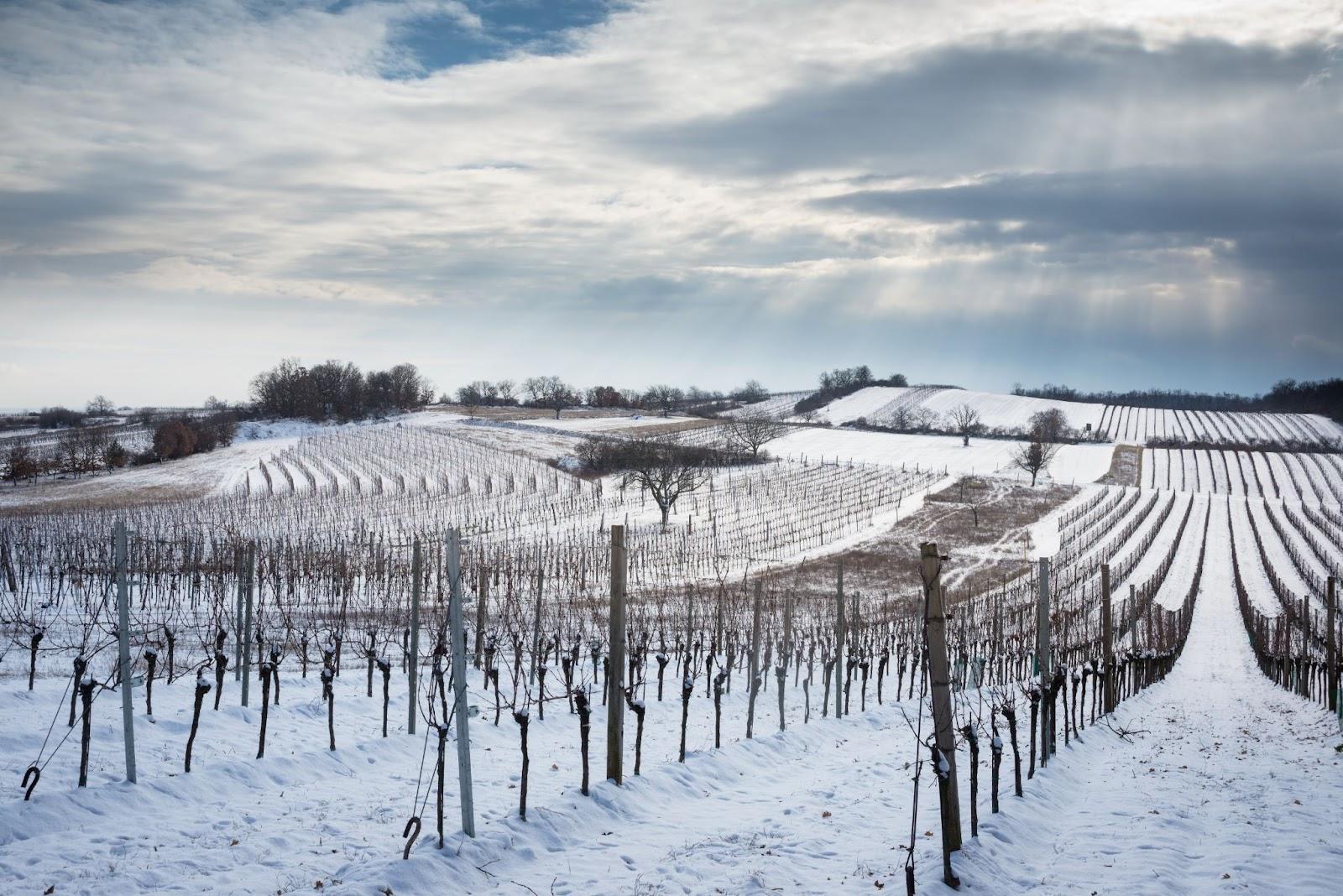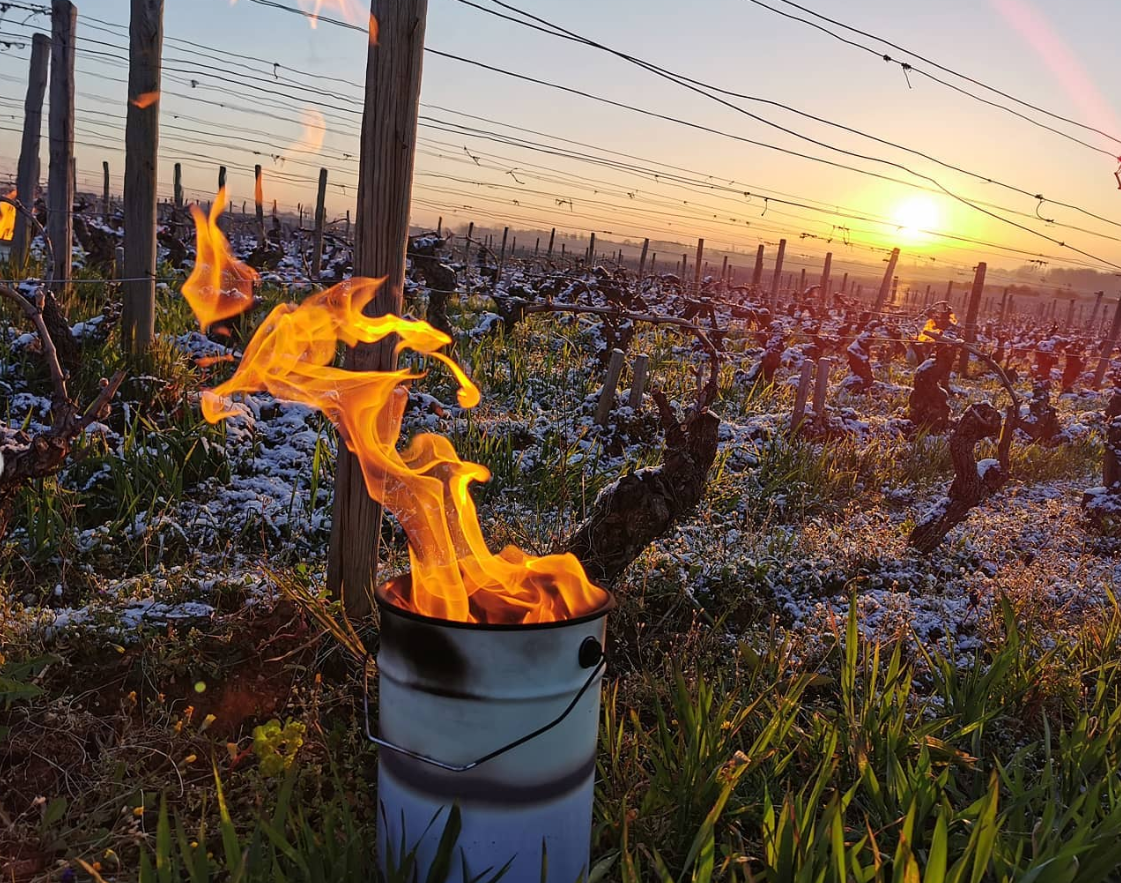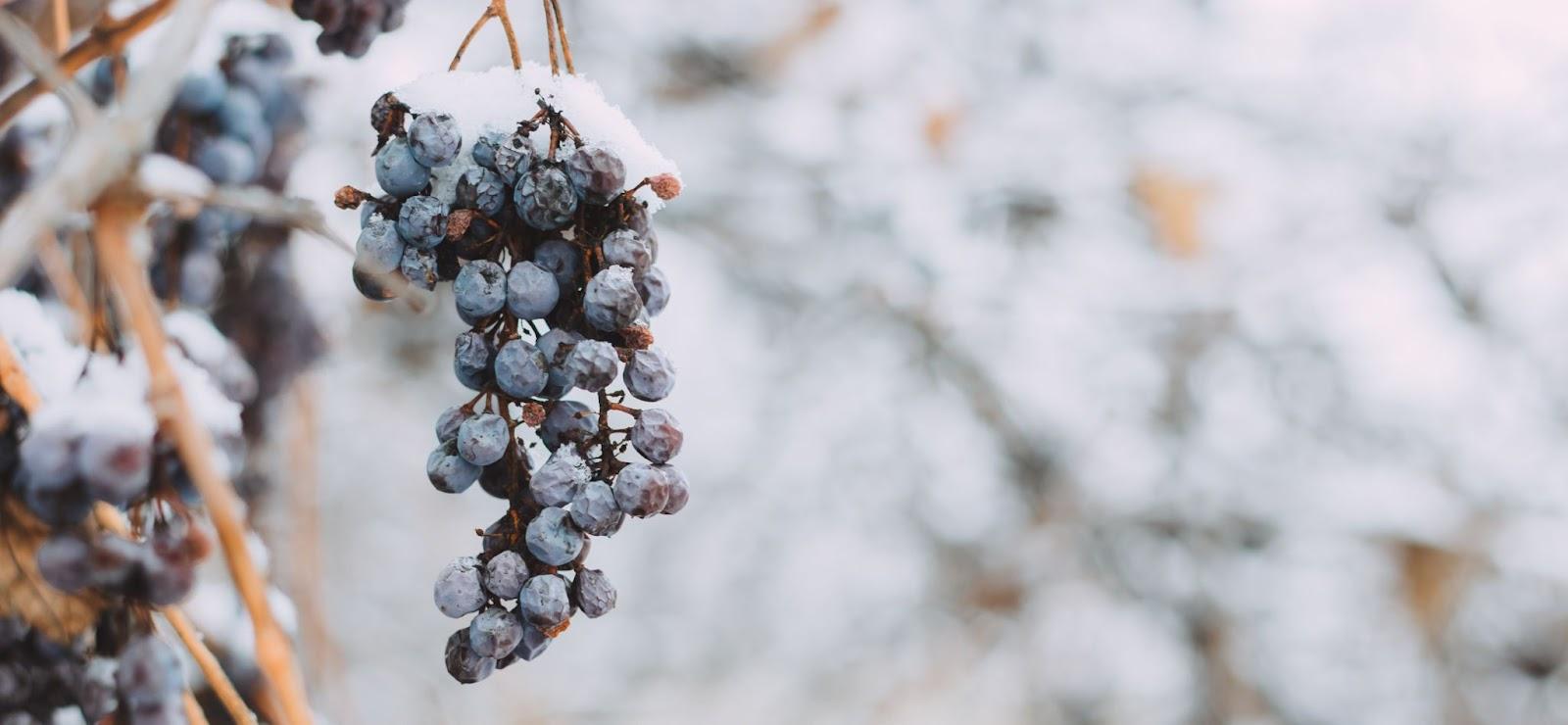- Wine Color/Type
- Top Occasions
- Unique Wines
- Surprise Me!
Wine 101 - How Snow Cover Affects the Vineyards
Snow-covered vineyards on a sunny day present a stunning spectacle. Miles of vines stretch across the pristine, snow-covered ground. Rodents and deer become visible as they forage for food amidst this tranquil scene. Some winemakers also choose to ski the snowed vineyard slopes! Despite the peaceful appearance, vineyard workers face challenges during the dormant season. Fortunately, most of their winter is spent in cellars, sparing them from the freezing temperatures. On January 21, World Snow Day, let’s discover the effect of snow in the vineyards.
The Snow covered vineyards in Burgenland, Austria look very romantic. (Photo: Ewald Fröch/stock.adobe.com)
These conditions can adversely affect the vineyards. The vines are typically composed of two distinct parts: the rootstock and the vine itself. This combination, devised to combat the phylloxera pest which nearly decimated the wine industry in the 18th century, is particularly vulnerable to low temperatures. Extreme cold can damage the graft, the critical junction where rootstock and vine meet.
To protect the vines, some wineries, such as Changyu-Moser in China, have adopted innovative practices. Their vines are planted with a 2x2m spacing, bent towards the ground, and manually covered with topsoil. This method allows snow and frost to accumulate on the soil, rather than on the vines themselves. This unique approach, essential in areas experiencing intense heat and drought in summer and freezing temperatures in winter, is vital for nurturing these delicate plants.
[insert:wine:ao-yun-ao-yun-pu-tao-yuan-shangri-la-ao-yun-2019]
However, snow can also heighten the risk of frost, as it reduces the soil's thermal heat. This is particularly problematic in the spring when frost can destroy the vine's green tissues after bud burst. The consequences include reduced grape production, lower yields, and potentially diminished wine quality for the current and following year. Traditionally, frost is mitigated by heating the vineyards with small smudge pots or circulating air with windmills. The most effective strategy, however, involves mowing the cover crops between rows and hoping the snow melts before the onset of the frost season.
The smudge pots did not succeed in protecting the vineyards of Burgundy in the cold nights of April 2021 (Photo Domaine Michel Lafarge through Instagram)
Deep snow can significantly affect the work of winemakers in the vineyard. Viticulturists, overseeing large tracts of land and unable to spare time for building snowmen, often find their access to vineyards limited by deep snow, hindering the use of tractors and other machinery. Typically, winemakers in the Northern Hemisphere begin pruning in January, or at the latest, February. The goal is to shape the vines, influencing potential grape growth and yields. However, slippery slopes and knee-deep snow create less than ideal working conditions, potentially delaying pruning. This delay can be costly, as the available labor may not be as efficient under these conditions. As a workaround, winemakers might start with less impacted vineyards and progress as the snow melts. Fortunately, this issue is not so common.
[insert:wine:strohmeier-schilcher-frizzante-0]
On a positive note, melting snow can replenish the water reserves of the soil. As it slowly melts, the water seeps into deeper soil layers, eventually being absorbed by the vines. In regions like Argentina, snow from the Andes peaks is crucial. It is channeled into an irrigation system for agricultural land. In the recent years climate change has become noticeable, with these reserves drying up and no alternative source available, the critical importance of snow is highlighted.
[insert:wine:cuvelier-los-andes-grand-vin-2018]
Snow also plays a role in controlling vineyard pests and viruses. Pests that overwinter in vineyards, such as mites, larvae, and beetles, can be suppressed. These pests can cause bacterial infections in vines or grapes. Additionally, some fungal diseases that survive the winter in plants can be mitigated, as the rapid freeze-thaw cycles create less favorable conditions for spores to spread.
The Grapes for ice wine can be harvested when the conditions are right. (Photo: Евгений Гончаров/stock.adobe.com)
Another consideration is the production of ice wine, a rare harvest not necessarily dependent on snow, but rather on specific temperature conditions. The ideal scenario for ice wine is when temperatures reach -8°C (17.6°F), causing the water inside the grapes to freeze. The grapes are harvested mostly at night, crushed, and the concentrated sugary juice is extracted. These sweet wines are commonly based on Cabernet Franc, Vidal or Riesling. In Germany and Austria, there are years when no ice wine can be produced, highlighting its scarcity. The producers for ice wine are limited, and leave their potential ice wine grapes on their coldest sites. Sometimes, the grapes are not harvested and left on the vine. Usually a small amount of bottles of ice wine can be produced each year.
[insert:wine:wagner-vineyards-vidal-blanc-ice-2021]
While snow in the vineyards may present a serene and romantic image, it also poses challenges for winemakers and viticulturists. Fortunately, their knowledge of the climate and adaptability ensures that wine lovers can continue to enjoy their favorite snow wine, possibly while admiring a white vineyard landscape.
By Peter Douglas
Latest articles



